Optimal Timing for Lawn Restorations
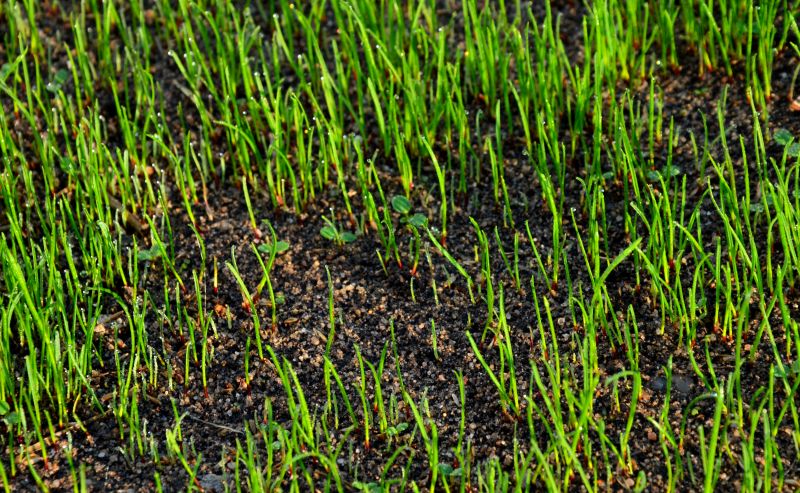
Spring is an optimal time for lawn restoration due to increased soil warmth and moisture, promoting healthy grass growth.

Summer restoration requires careful planning to avoid heat stress, making it less ideal but still possible with proper watering.
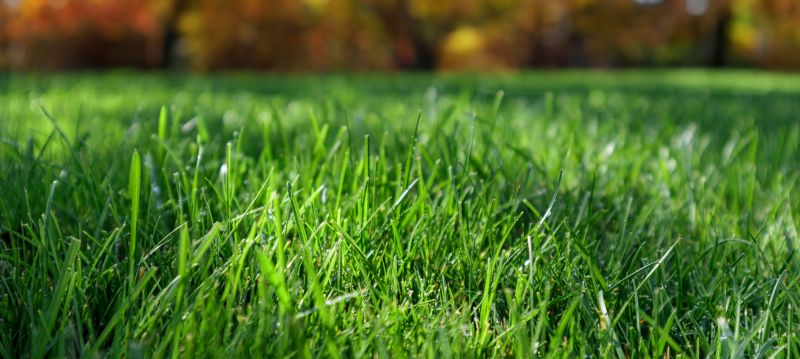
Fall offers cooler temperatures and increased rainfall, creating favorable conditions for establishing a resilient lawn.
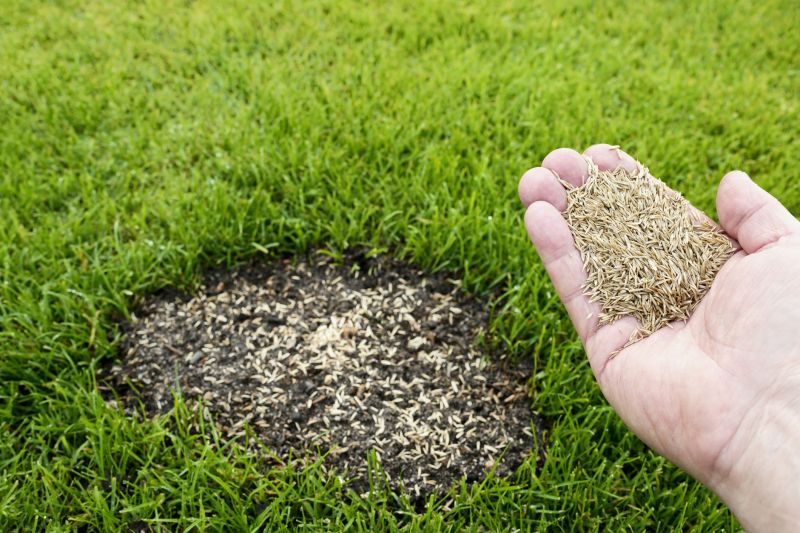
Ways to make Lawn Restorations work in tight or awkward layouts.
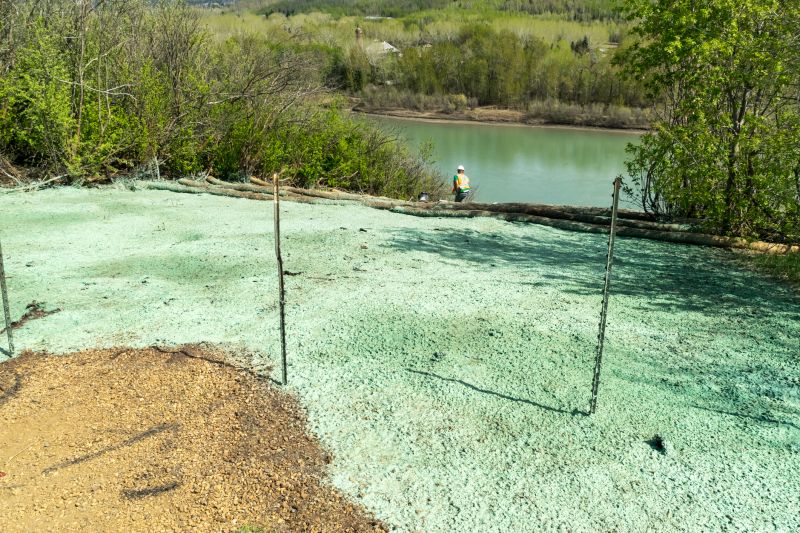
Popular materials for Lawn Restorations and why they hold up over time.
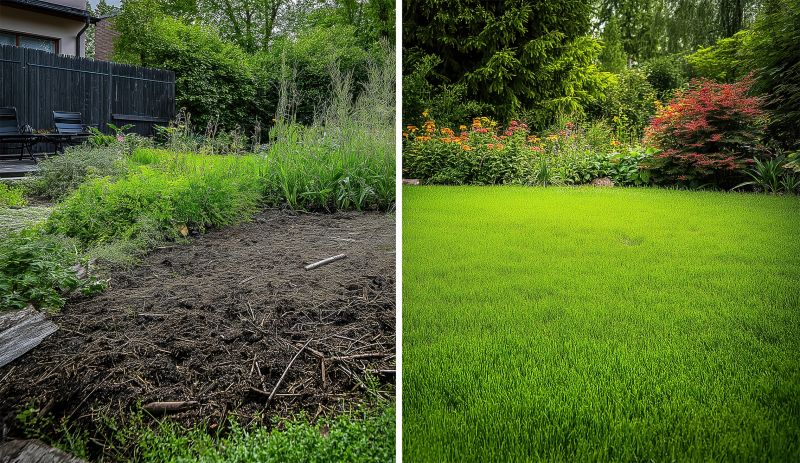
Simple add-ons that improve Lawn Restorations without blowing the budget.
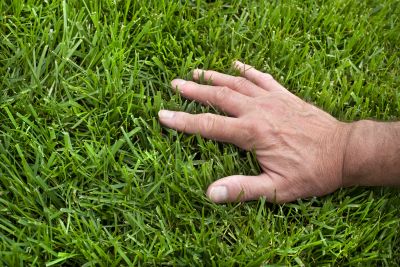
High-end options that actually feel worth it for Lawn Restorations.
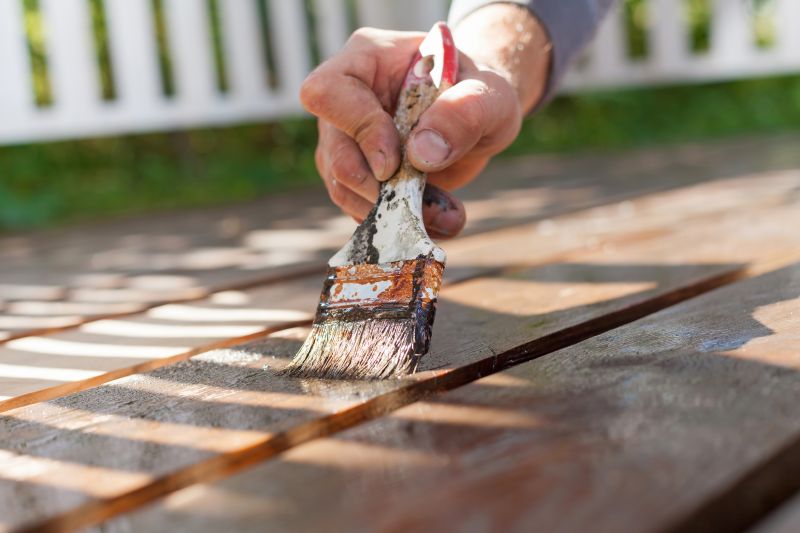
Finishes and colors that play nicely with Lawn Restorations.
Lawn restorations involve revitalizing damaged or sparse grass areas to promote lush, healthy turf. Proper timing enhances the success rate, ensuring the lawn establishes well and maintains durability. The choice of season impacts soil temperature, moisture levels, and grass growth cycles, all of which influence restoration outcomes.
Spring provides optimal soil warmth and moisture, encouraging rapid grass growth and root development.
Fall allows for cooler temperatures and consistent rainfall, reducing stress on new grass and supporting root establishment.
Summer restorations require attention to watering and shade to prevent heat stress and ensure successful growth.
Regional climate conditions influence the best restoration period, with some areas favoring spring or fall more than summer.
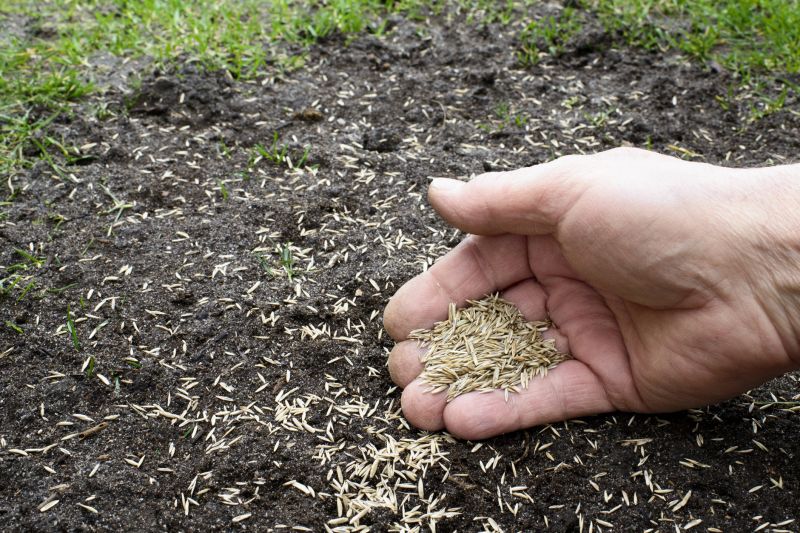
Preparing soil, seeding, and fertilizing are key steps in lawn restoration.
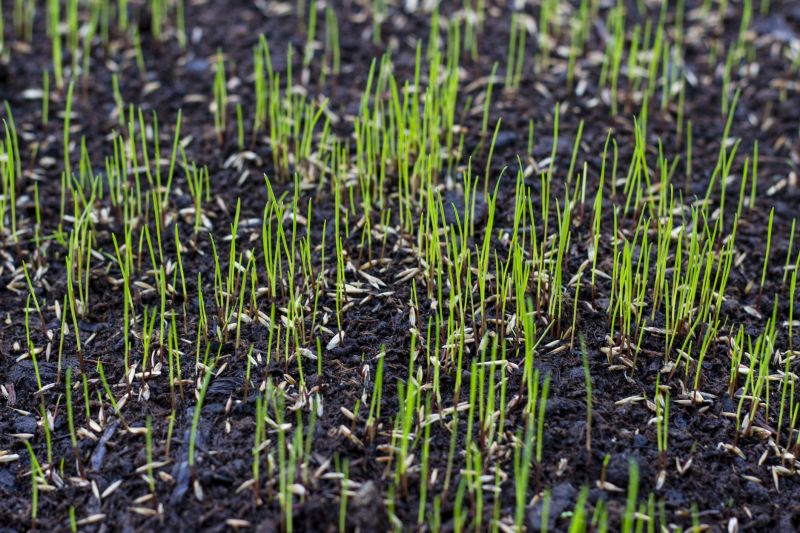
A thriving lawn features dense, green grass with strong root systems.
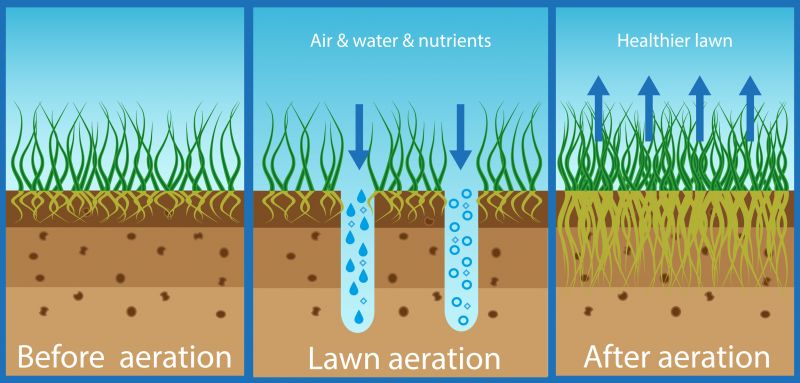
Proper soil aeration and nutrient balance promote optimal grass growth.
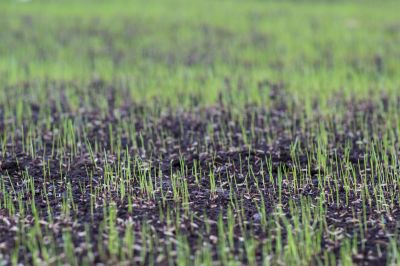
Choosing the right seed type ensures compatibility with local climate and soil conditions.
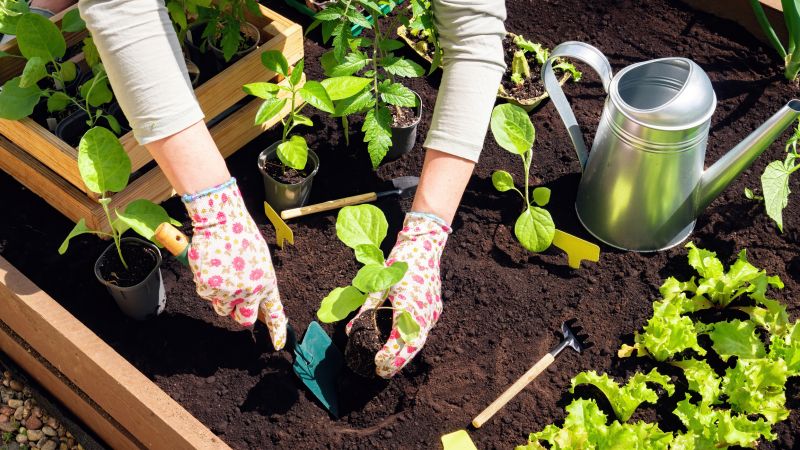
Consistent watering is essential during the establishment phase.

Applying the correct fertilizer supports healthy root development.

Regular mowing and aeration help maintain a lush lawn.
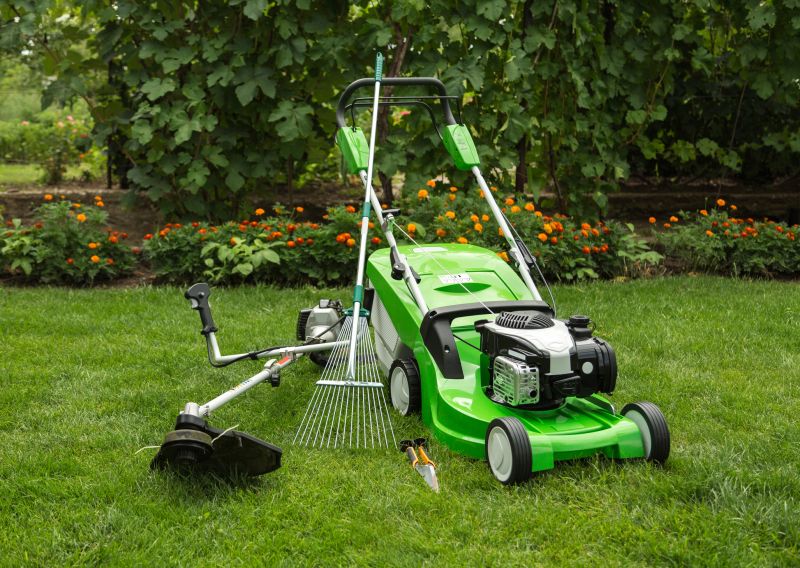
Using quality equipment ensures effective lawn repair.
| Season | Best Practices |
|---|---|
| Spring | Start restoration early to take advantage of soil warmth and moisture. |
| Summer | Focus on watering and shade to prevent heat stress. |
| Fall | Plant in early fall for optimal root establishment before winter. |
| Regional Variations | Adjust timing based on local climate conditions. |
| Soil Conditions | Ensure soil is prepared and nutrient-rich before planting. |
| Restoration Type | Choose seed or sod based on lawn damage severity and timing. |
| Maintenance | Implement regular watering, mowing, and fertilization. |
| Weather Considerations | Avoid restoration during extreme heat or drought periods. |
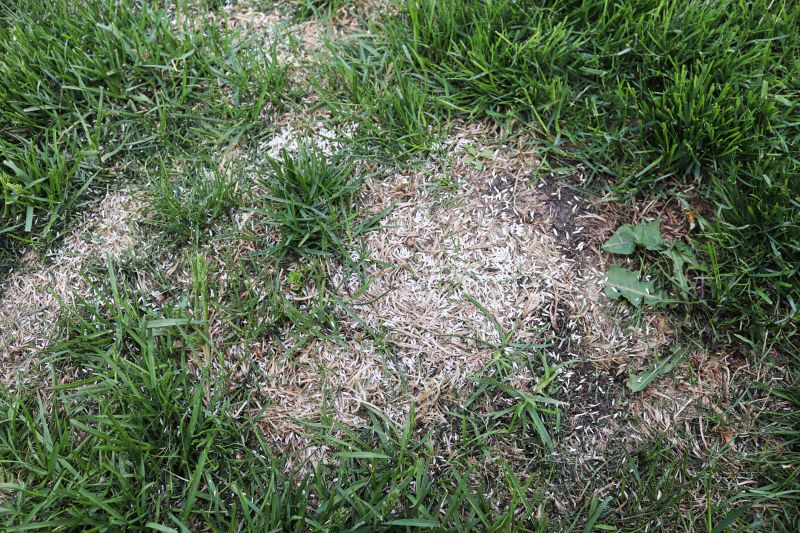
Damaged or sparse areas require targeted restoration efforts.
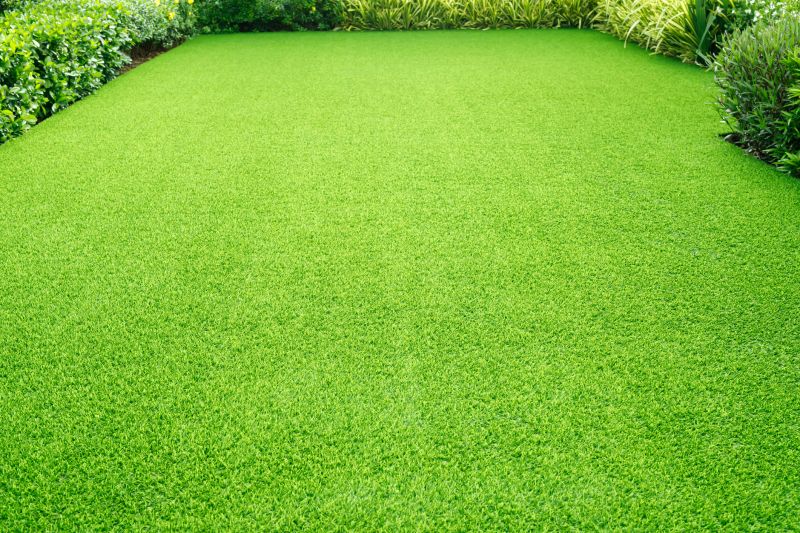
A healthy, dense lawn indicates successful restoration.
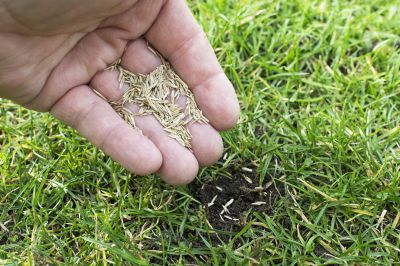
Proper seed spreading ensures even coverage and growth.
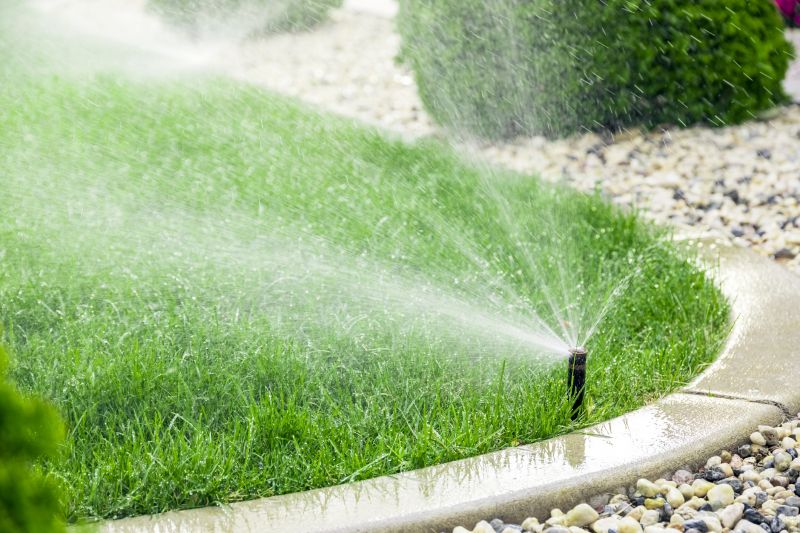
Consistent watering supports seed germination and root development.
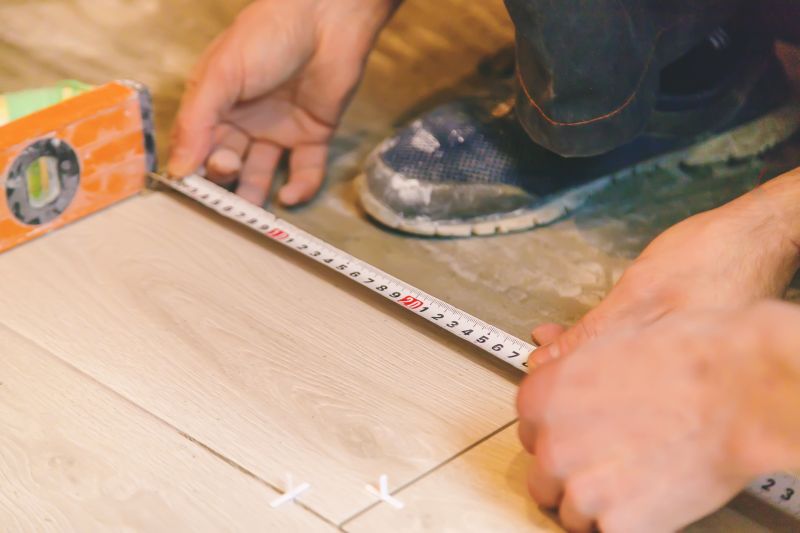
Little measurements that prevent headaches on Lawn Restorations day.

A 60-second routine that keeps Lawn Restorations looking new.
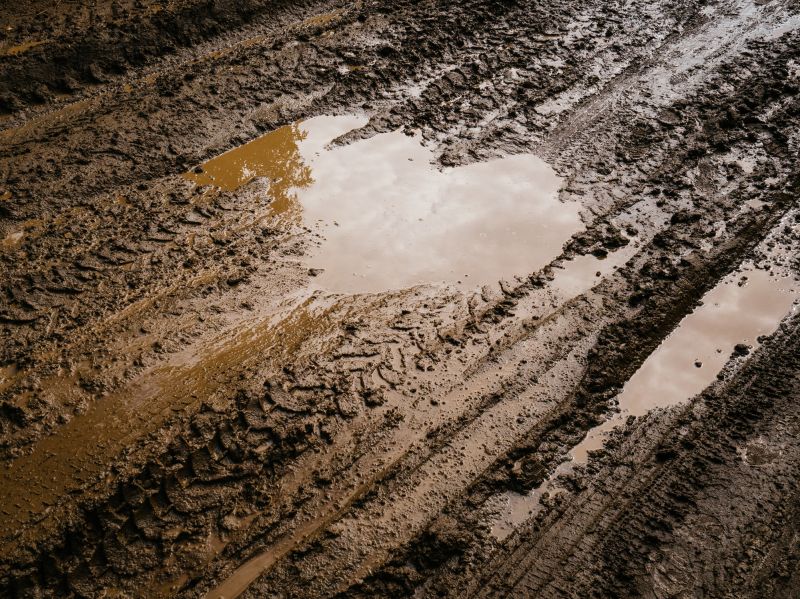
A frequent mistake in Lawn Restorations and how to dodge it.

Small tweaks to make Lawn Restorations safer and easier to use.
Interested in revitalizing a lawn through restoration? Filling out the contact form can provide more information and assistance tailored to specific lawn conditions and regional climate factors.



